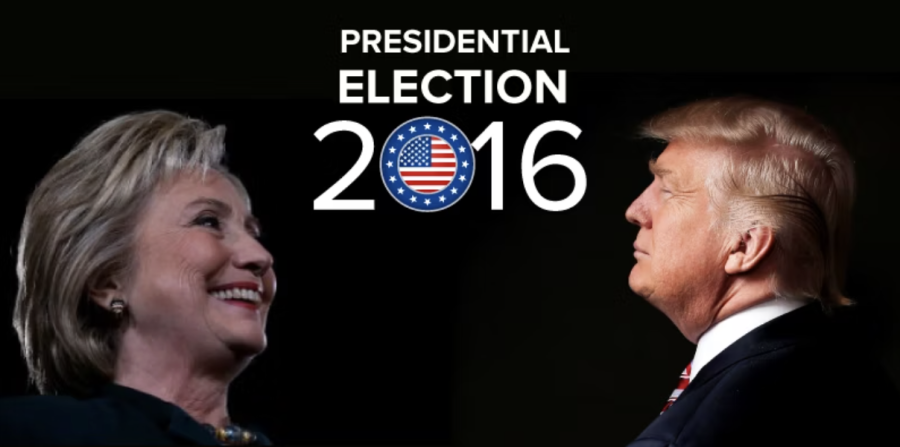Lazarsfeld, Berelson and Gaudet proposed the “two step flow theory” in their book “The People’ Choice”: Idea often flow from radio and print to the opinion leaders and from them to the less active sections of the population. The 2016 U.S. Election is a classic example of this theory in action. Back then, social media hadn’t fully dominated political communication, but the opinion leaders are already become the key for election promoting. Wether the information supports Trump or Clinton, it reached voters through this “two step chain”.
Many voters do not get news about candidates from official campaign manifestos or live rallies. Instead, they turned to two types of opinion leaders, such as political bloggers on Twitter who may have over a million followers and local community figures,which has a significant impact in especially rural area, religious communities and minority ethnic communities. For example, some bloggers analysed the details about those plans from Trump’s team or Clinton’s team, in order to let the public know what changes will happen in their live.
These opinion leaders have a huge impact on ordinary voters. Pew Research Center’s survey after the election found that 35% of swing-states voters said that they make their decision of voting after hearing opinions from political bloggers or local communities leaders. CNN also reported that during the final month of campaign, imformations from these opinion leaders got more than 2x shares than official candidate promotions on Facebook.
This shows the Two Step Flow theory is not just an old idea, it explains how normal people engage with political information. These opinion leaders acts like the translators, and turn those complex campaign information into somethings related to people’s real life.
Reference
[1]Lazarsfeld, P. F., Berelson, B., & Gaudet, H. (1944). The People’s Choice
[2]Pew Research Center. (2017, January). Voter Information Sources in the 2016 U.S. Election
[3]CNN. (2016, November). Social Media Engagement During the 2016 Presidential Campaign Final Month


An vivid example of two step flow theory close to our real life. You have mentioned the opinion who have huge influence and posted political bloggers on social media, there are some things may worth to be considered deeply. If an influencer who have many followers, and followers follow this guy just because of its political tendency, which means not the opinion leaders influenced audience, may audience just have their own political tendency or stand, they choose the content, not the opinion influence them. This can be an interesting aspect I think.
I think this post does a really good job of connecting the Two-Step Flow theory to a real and relevant case, the 2016 U.S. election. the example of political bloggers and local community leaders helps to show how opinion leaders still play a big role even in the age of social media. The use of data from Pew Research and CNN also makes the argument more convincing.
If I could suggest one thing, it would be to go a bit further in explaining how this theory interacts with new media platforms. For example, are todays’s influencers just the modern version of opinion leaders, or has the flow of information become more complex with algorithms and echo chambers? Exploring that could make the post even more insightful.
Your example is very good and it shows that you have a really good grasp of the Two Step Flow theory. The way you used the example of the 2016 election between Clinton and Trump, especially how you talk about both of these political figures, uses the two step flow theory through the use of twitter and other social media platforms. And I really like how you explain how the two step flow theory is not just an old theory and it is as relevant now as it was when it was first written and that you also included lots of different references that relate back to what you were talking about